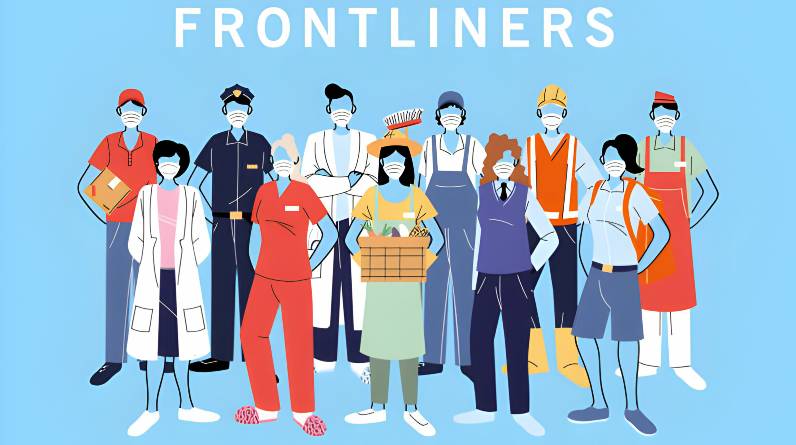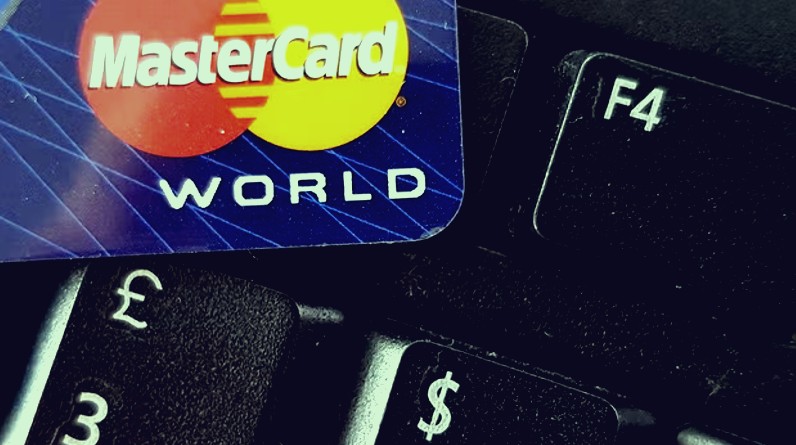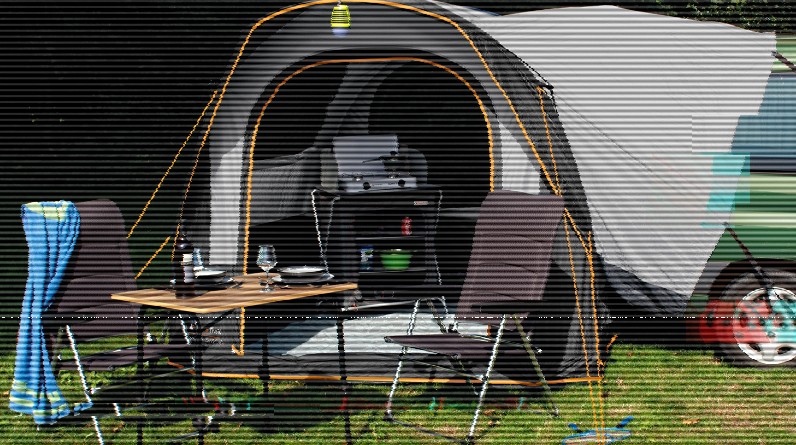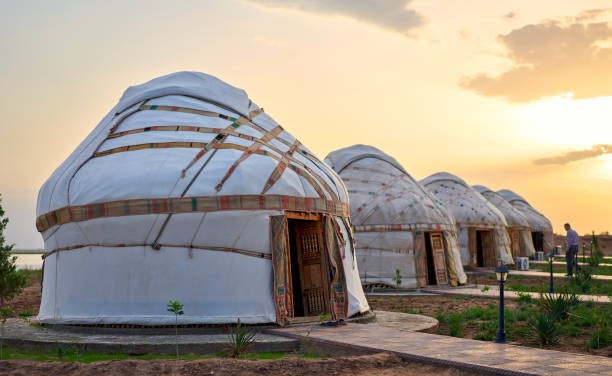
Experimenting with unusual materials has always been a part of the furniture making business.
Even though cardboard has been around for a long time, the number of people who buy cardboard furniture has recently gone up.
Cardboard is made of two things: paper and wood pulp. It is a strong material that is good for environmental sustainability.
Heavy cardboard is quickly becoming a popular choice for making furniture among consumers because it is easy to work with and doesn’t hurt the environment.
Cardboard furniture can be made to fit the needs of the customer and can take almost any shape you can think of.
You can make cardboard furniture out of corrugated fiberboard, heavy paperboard, honeycomb board, fiber tubes, or a mix of these materials. “Cardboard furniture” is the name for this kind of furniture.
The term “cardboard furniture” is misleading because “cardboard” is an old word that usually means corrugated cardboard.
But the word “cardboard” doesn’t do a good job of describing the different types of paper-based boards that are used to make furniture today.
In general, cardboard furniture is not heavy and can be put together quickly and easily without screws or glue.
Type of cardboard that is best for making furniture’s
On the market, you can find beds, benches, seats, shelves, stools, tables, and many other kinds of cardboard furniture.
Different kinds of furniture work better with different kinds of cardboard. When making furniture out of cardboard, different types of cardboard are used.
These include heavy paperboard, corrugated fiberboard (including inverted corrugated board), honeycomb cardboard, and core material that don’t have a liner.
Heavy paperboard
Paperboard is a thick type of paper. Paperboard is usually thicker than paper (usually over 0.30 mm, 0.012 in, or 12 points) and has better qualities, like being able to be folded and being stiff.
There isn’t a clear difference between paper and paperboard, but paperboard is usually thicker (usually over 0.30 mm, 0.012 in, or 12 points).
ISO standards say that paperboard must have a grammage of more than 250 g/m2, but there are some exceptions. Paperboard can be made with one layer or with more than one layer.
Paperboard is used for packing because it is easy to cut and shape, it is light, and it is strong for how much it weighs.
Graphic printing of the highest quality, which can be used for book and magazine covers or postcards, is another use. Paperboard can also be used to make sculptures that are used in the fine arts.
Cardboard is a generic, everyday word for any heavy board made of paper pulp. But this way of saying it is no longer used in the paper, printing, and packaging industries because it doesn’t describe each type of product well enough.
It is sometimes called cardboard, which is a general term for any heavy board made of paper pulp.
There are many different kinds of paper that can be used to make thick paperboard, and each has its own set of qualities and benefits.
Some are made from recycled paper and others from new paper, but paperboard can be made from both recycled and new paper.
When managed tree farms and automated recycling centers work together, the end result is a nearly endless supply of paperboard that attains sustainability.
Corrugated fibreboard
Corrugated fiberboard, usually just called “corrugated,” is a type of packaging made by sticking a fluted corrugated sheet, called the “medium,” to one or two sheets of flat linerboard, called the “liner.” Most of the time, the word “corrugated” is used.
Cardboard is a more general term that can be used to describe any thick paperboard, corrugated or not. But most of the time when people say “cardboard,” they mean corrugated fiberboard.
Even though it is a common material, it is important to know what corrugated is made of and what kinds of alternatives it can offer in order to fully understand its benefits.
The way it is made, the fact that it can be changed, the fact that it is good for packaging, and the fact that it is good for the environment all make it a fascinating material that is used every day to make eco friendly products stand out.
Both corrugated packaging and cardboard are mostly made of paper-based materials, but they are made and used in very different ways.
Corrugated material is made up of the grooves between the interior liner and the exterior liner. This material is often used to make boxes for shipping, store displays, and retail packaging.
On the other hand, cardboard is any type of board made from a thick layer of paper-pulp stock. Smaller consumer goods are often packaged in cereal boxes and other common places where cardboard is used.
Because corrugated fiberboard packaging is so flexible, it can be treated in many different ways, depending on what the product being packaged needs. This gives the product the best protection possible.
Corrugated is one of the options that give your goods the most protection, which is one of the most important things to think about when packaging.
Because the material is fluted all the way through, it is very strong and durable. This will help make sure that your package arrives in one piece.
Since corrugated packaging combines the stiffness of the flutes with the cushioning of the linerboard, it can be made to fit the needs of many different kinds of protection.
Because it can stop sudden movements and stop vibrations, it is a great choice for packing fragile items.
Honeycomb cardboard
Honeycomb is a strong, cost-effective, custom-engineered kraft paper material that has been shown to be great for many things, including but not limited to packaging, pallets, dunnage, furniture inner structures, and sign displays.
The hexagonal cells that make up a honeycomb make it a three-dimensional structure. It is made by sticking together different strips of kraft paper to make a continuous series of hexagonal cells.
Most of the time, both sides of the cells are lined with the same material to make what is, ounce for ounce, the strongest product we know of.
I-beams were used to make the honeycomb structure. The middle of the panel is the I-web beam, and the front of the panel is the flange of the beam.
The flange, which acts as a carrier, spreads the stress and compression evenly across the surface of the panel. The web connects the flanges and makes sure they are in the right order.
They can handle up to 2,500 pounds of cargo, and the two-way or four-way entry makes it easy for a forklift to get in and out.
Because they are so light, there is a big drop in the cost of getting them to their destination. Also, they are made entirely of paper, which means you don’t have to buy new pallets and you can recycle them in their entirety.
Honeycomb board has many of the same benefits as foam, but it does so in a way that is better for the environment.
Because it is flexible and we use a technique called “bespoke design,” we can make this material the most important part of protecting almost any fragile or breakable goods.






